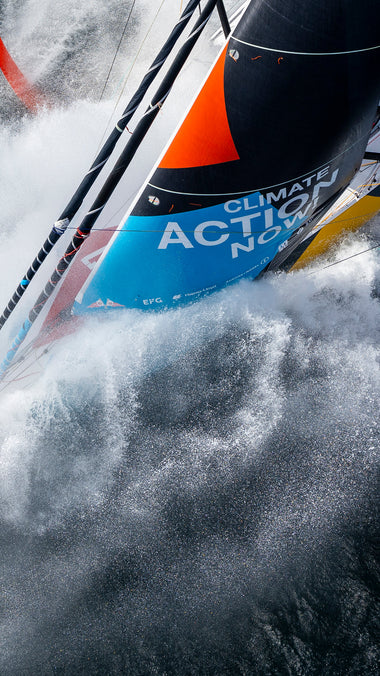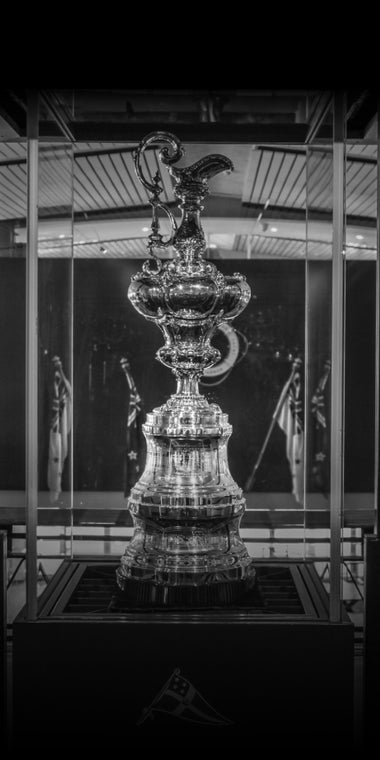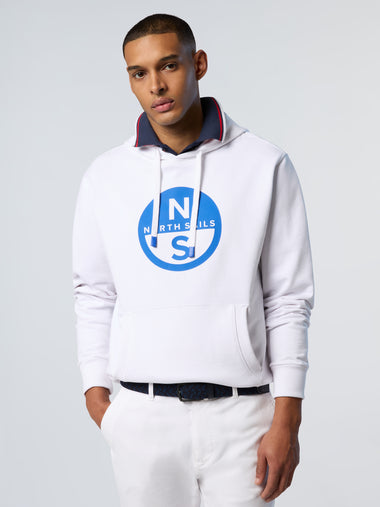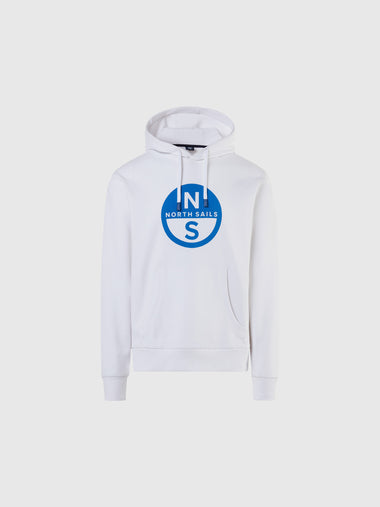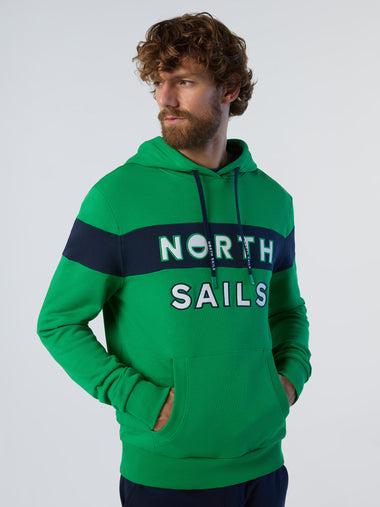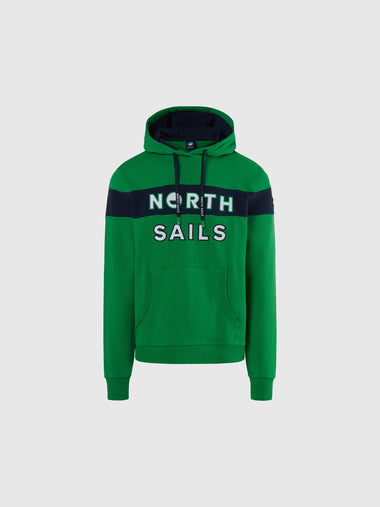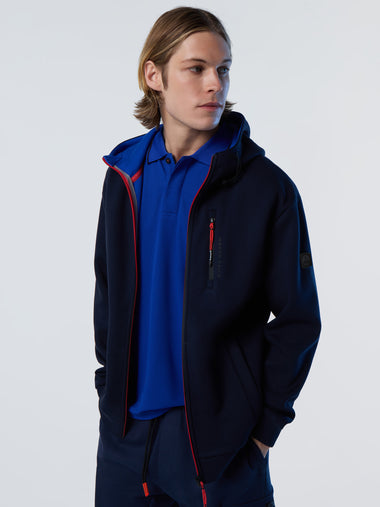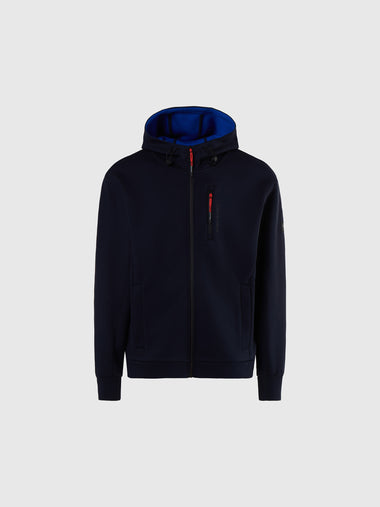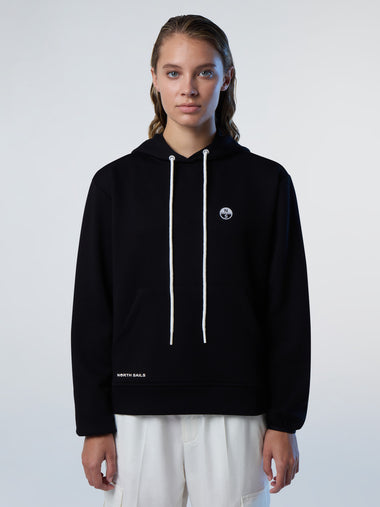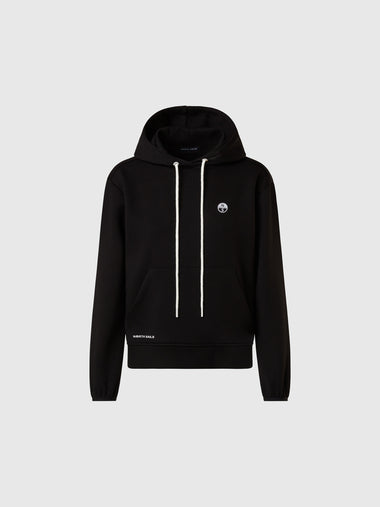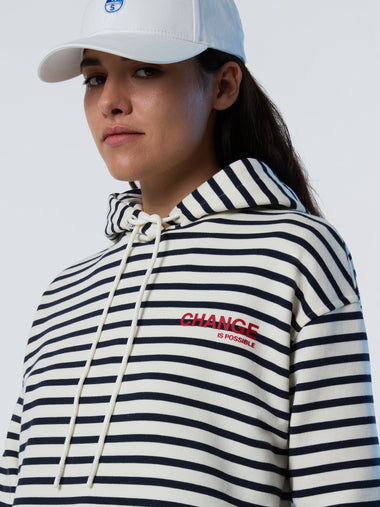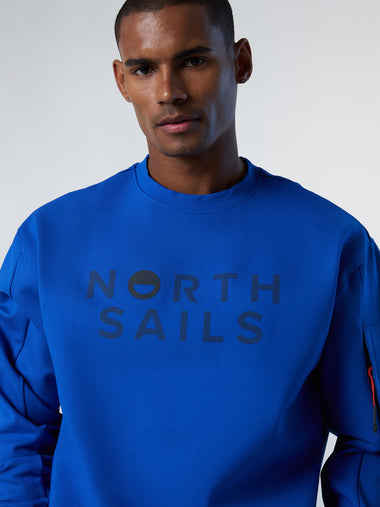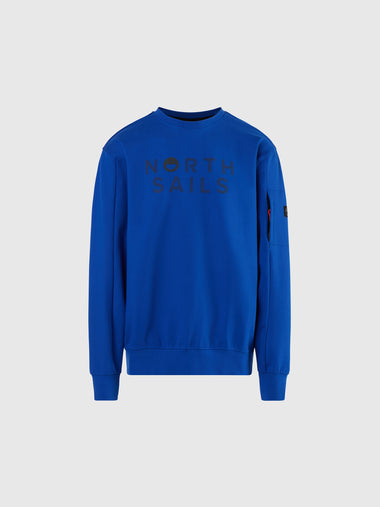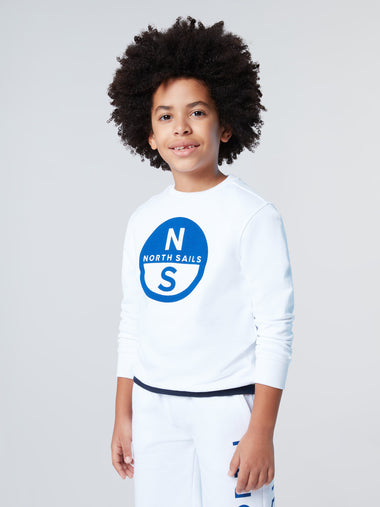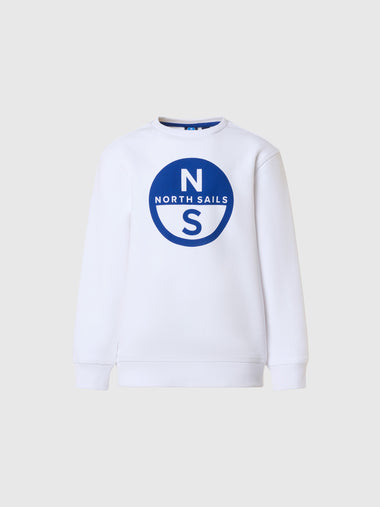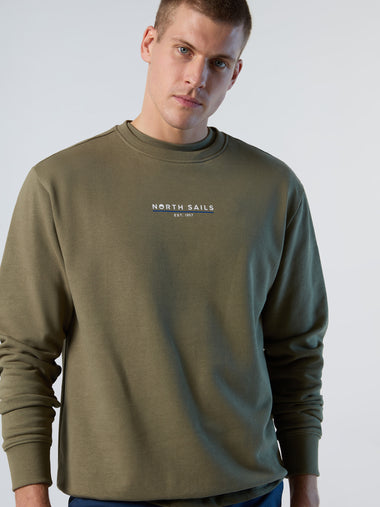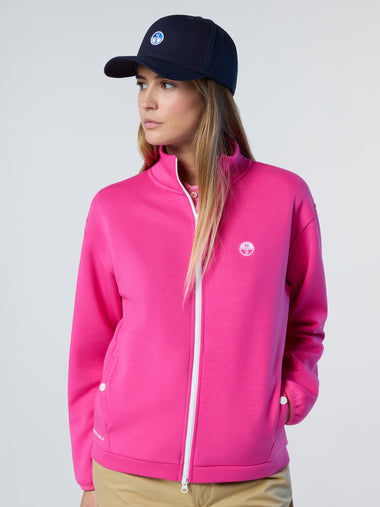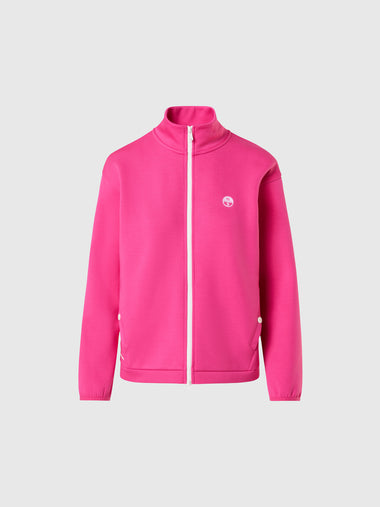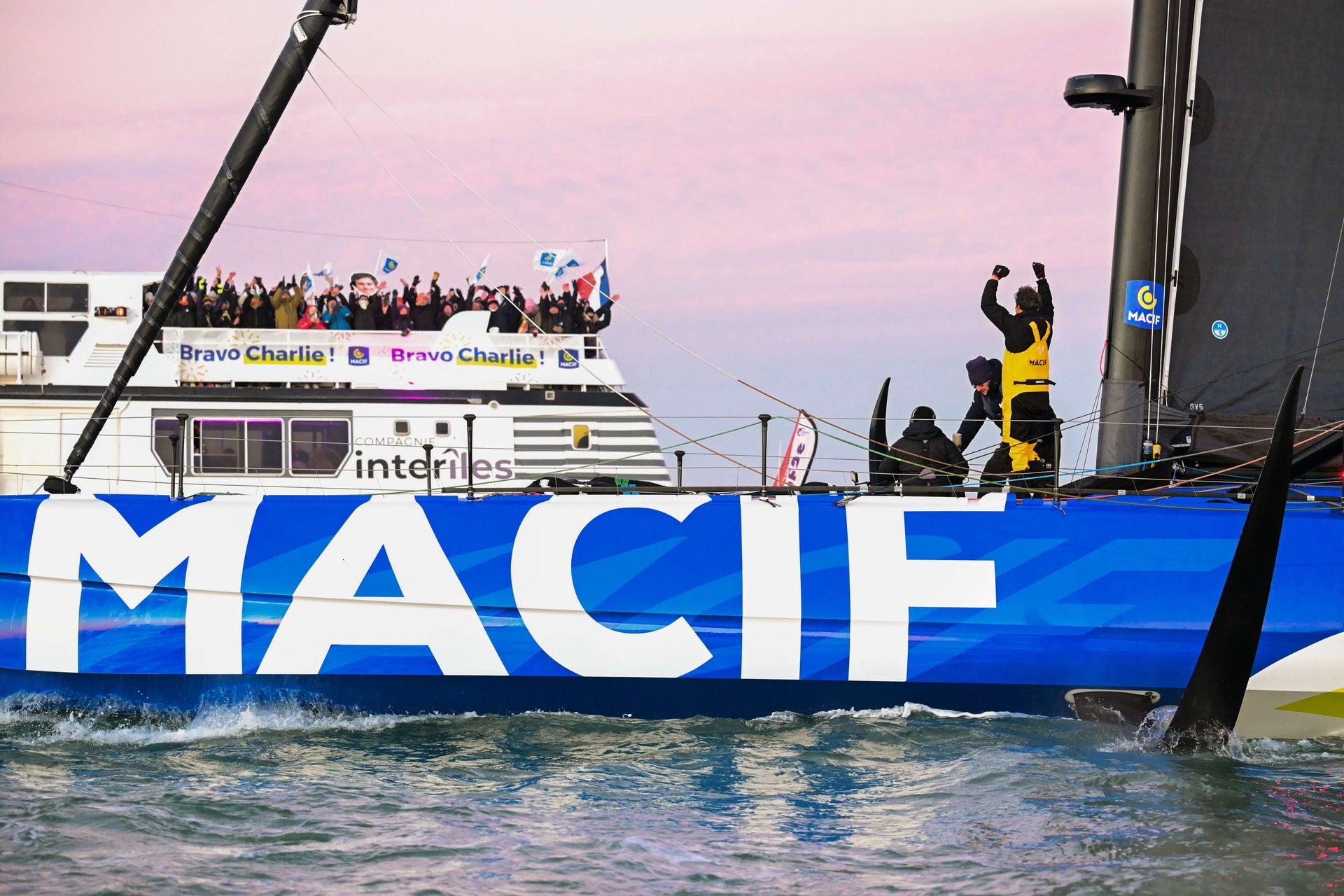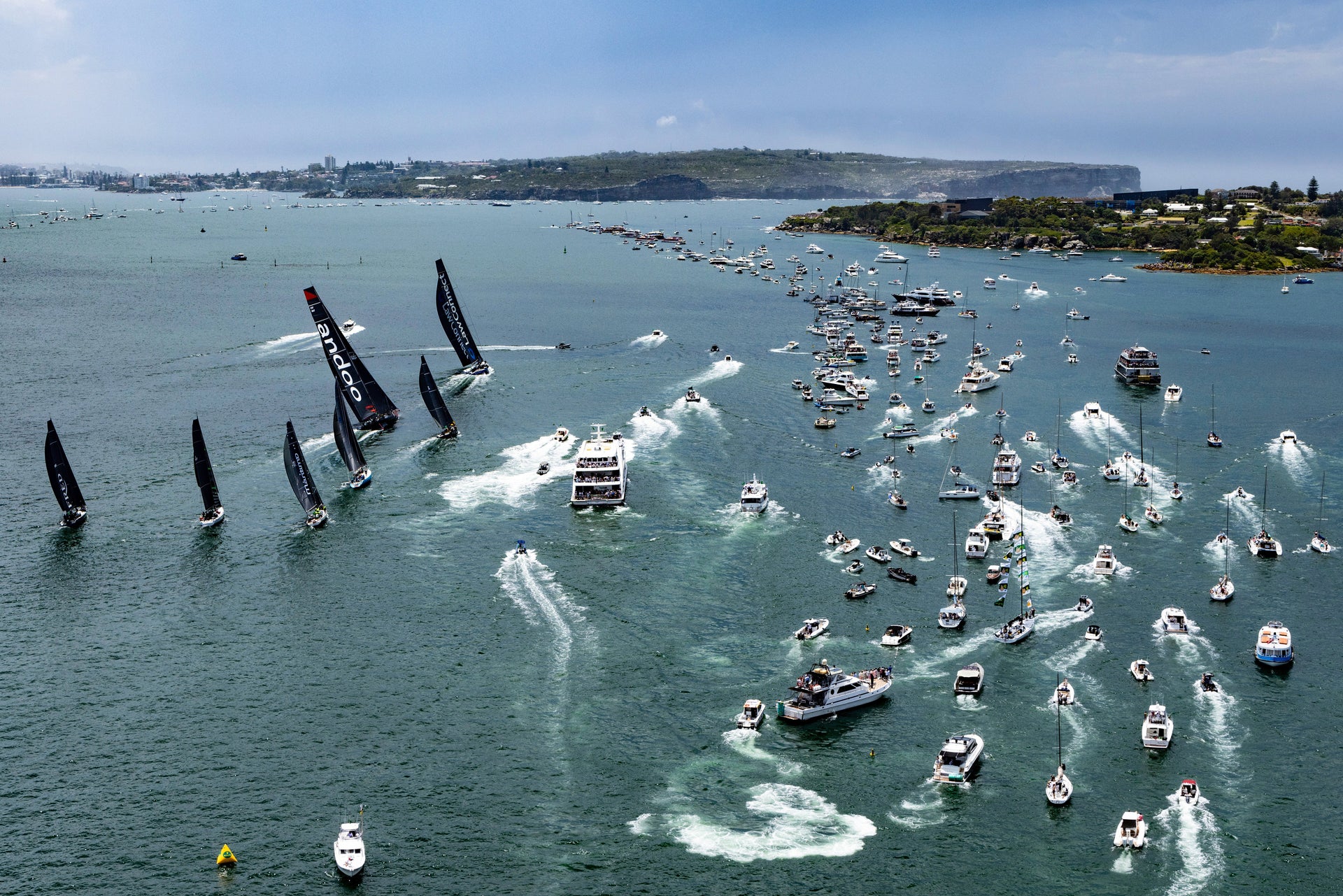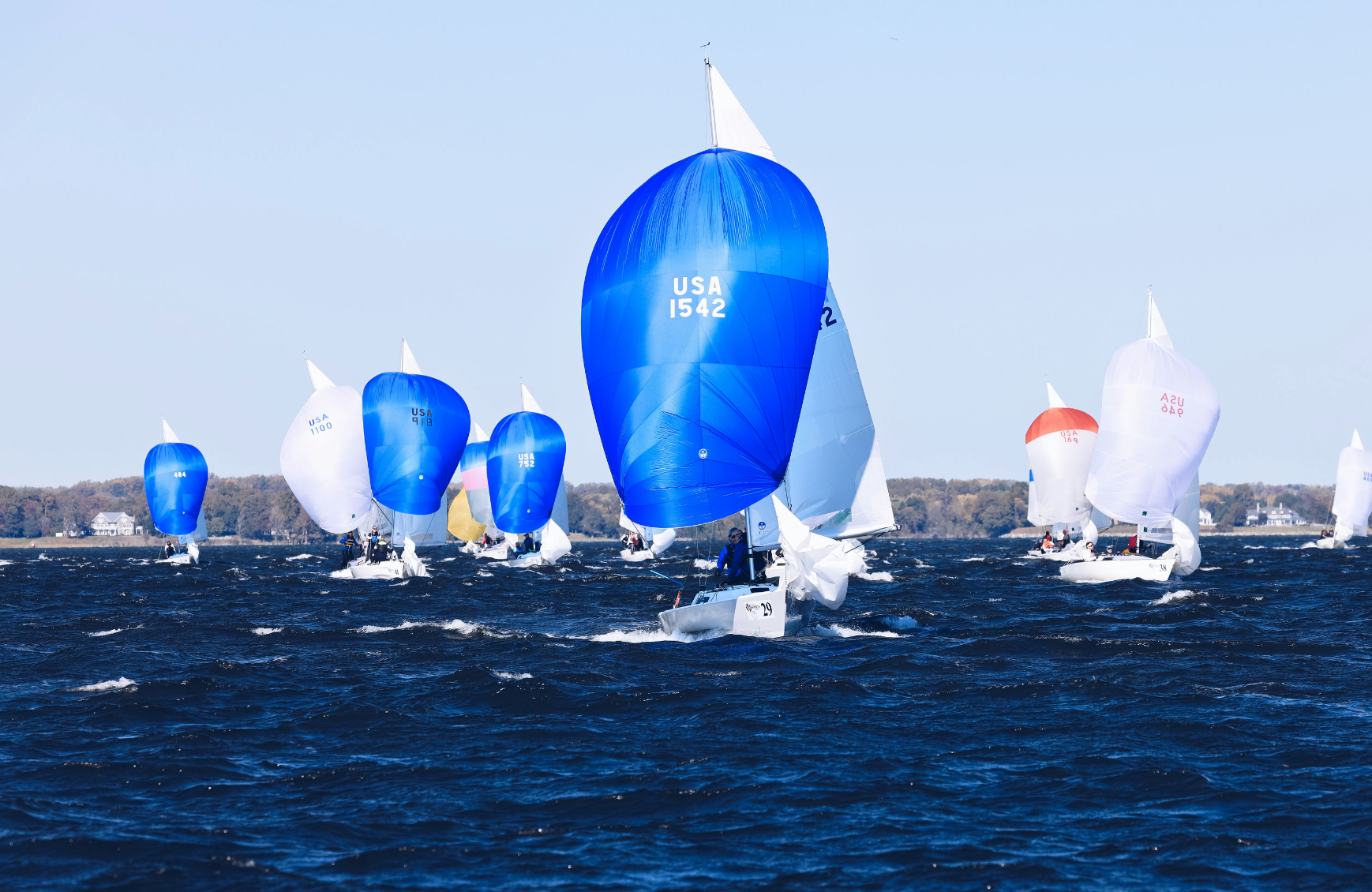J/24 MIDWINTERS: BOGUS SAILS TO WIN
NORTH POWER SWEEPS J/24 MIDWINTERS
North’s Will Welles Shares How They Sailed To Win

35 teams met at Shake-a-leg Miami for the 2018 Midwinter Championship where sunny skies and beautiful breeze greeted sailors with ideal racing conditions for the three-day event. Each day brought building breeze from the NNW that slowly clocked NNE by the end of each day, keeping sailors on their toes with oscillating shifts that were as high as 30 degrees. As the breeze increased, teams concentrated on maintaining boat speed in the developing chop, which made for some great opportunities to gain both upwind and downwind if you could catch the right shift and make smart decisions.
At the end of day one, Will Welles’ team Bogus was hot as ever, ending the day with snake eyes giving them 4 points total. This would be a precursor to the remaining race days, as Will’s team never scored worse than a 5th place, allowing them to win the race to the dock as the last race would be their victory lap. Consistency paid off the remainder of the weekend, driving Welles to win the overall championship by 18 points, with one discard. In second place was Tony Parker’s North-powered Bangor Packet. Mark Laura’s Baba Louie was unstoppable, stepping up the level of competition in the Corinthian division. Congratulations to our clients on a successful weekend. A great start to the 2018 spring sailing season.

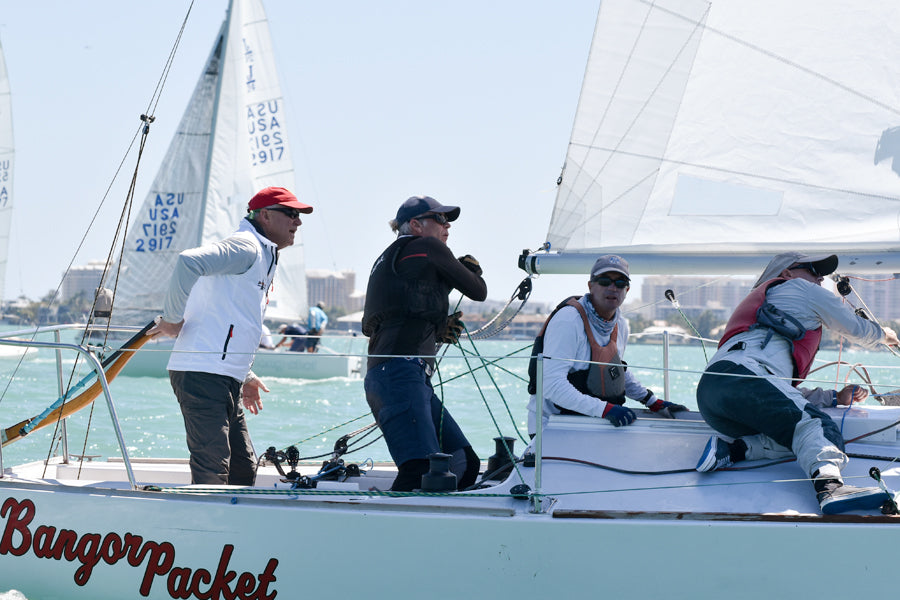
The truth About Bogus, 2018 J/24 Midwinter Champs
We caught up with skipper Will Welles who was driven to success in Miami for the J/24 Midwinter Championship with his team Bogus. Hear the truth, first-hand from Will, on how his team sailed to win the regatta.
What were some of the things you focused on during some of the practice days leading up to the first day of racing?
We had a lot to do in a little time because we borrowed a boat that was already down there, we picked a boat that we knew had good pedigree, but we knew we’d have to spend a day or so changing a couple things to make it the way we wanted it (Thank you Nick Turney!). Once the boat was set and the full team had arrived we were able to head out sailing spending a few hours on Wednesday and then a few more hours on Thursday.
“Our main focus was to make sure the boat was up to speed, that it had the straight line speed that we are use to with our own boat. We just set the boat up to our dock tune and then went out and lined up with a few boats and pretty quickly found our speed, straight from the tuning guide!”
When you get out on the race course, what are some things that your team focuses on? Of course you probably sail upwind a little bit, make sure your rig feels right, your boat speed is good, get the trimmer warmed up- but what else are you doing to get ready for the first race?
“The big thing is, we don’t want to rush, so we get out there at least an hour early and spend at least an hour on the race course before the first warning signal.”
In Miami we actually got out there about an hour and a half early each day, and without rushing, your heart rate isn’t too high and you can just focus on getting your homework done. The homework is sailing the course and seeing what the wind is doing. Logging in some compass numbers upwind and checking the rig setting. We like to meet at least another boat out there to sail upwind together to make sure we’re going alright and that our rig set is where we want it to be. We get some numbers and then go back to the line and check in. Note: As far as rig settings go, we were always making sure we weren’t ever caught too tight on the rig, we’re always gearing towards maximum power. There were some big holes (lighter air patches) on the course, and they lasted a long time, so max power was key.
Sometimes we’ll do a split tack where both boats start at the committee boat, one on starboard and one on port and we sail for five or maybe six minutes then tack and see where where we are when we come back together. Sometimes this is helpful, but it’s not always helpful. You just have to take it as more data.
“You can’t always think that if a boat that sailed the right side crushed the left side, that’s how it’s going to be by the time you get the first race started.”
So we do the split tack and then we go back to the line and take a little water break, maybe eat a granola bar and then start doing our starting line homework. We ping the line at both ends, then log some head to wind compass readings which helps us get an idea of what the shifts are doing. Then the big focus is getting off the line on the favored side of the starting line and getting to the side you want to sail the first beat. We usually discuss all this stuff as a group, then try to execute our plan.

So after the start, you guys are heading up the first beat. Is there a lot of communication between you and the trimmer? And if so, what kind of information is discussed?
Rich and I have sailed together for a bunch of years, so the talking is minimal, but that’s just because we know what to expect with one another and we know what we’re looking for. There’s not a lot of conversation. Depending on sea state, the bigger the waves he might be playing a little bit more sheet than he would if it was flatter water. In conditions like Miami, it wasn’t that wavy, there was some small chop. We’d get out of the tack, he’d get the genoa inside the lifeline then to the rail, I’d put the winch handle in and when the boat was up to speed I’d grind it the rest of the way in.
We pretty much leave it in unless I was flogging the main more than I wanted to in a puff, he listens to that and I might tell him for some waves, burp the genoa (sheet) a little bit. Or if the breeze drops down a little bit, I might tell him to burp the sheet or if I adjust the backstay I’d let him know that too. So there’s little chatter. We’re always talking about the sheet. I do the final winch handle fine trimming, in and he’s doing the easing out of the sheet up wind.
As you approach the downwind leg, rounding the top mark, you crack off and start the pre-feed. Who makes the calls from there?
We have a discussion, soon as we round the top mark, I’m asking the tactician (PJ Schaffer in this case) are we extending or looking to jibe? We’ll have that discussion and I know before we get to the offset what the plan is. It’s my job to get the boat setup so that we can either jibe or continue and extend. I’m watching the boats around close behind us, or close in front to make sure we are clear to make a move if we decide that is the plan. The breezier it is, the less weight you want off the rail from the weather mark to the offset. So we try to keep weight on the rail and trim the sails to the angle we’re sailing to the offset so we can get maximum speed. Making sure the main is trimmed just right, the vang, and the genoa, we go for the pole and pre-feed the guy and be ready to set the kite at the offset when I call for it.
Then once the spinnaker is set we’re always talking about angle and pressure. I’ll ask Rich if he likes the angle out of a jibe if we do execute. I’ve got a good feel from the rudder and the wind on my neck, and he’s got probably the best feel with the pressure in the kite from the sheet. I’m always looking to hear what he’s feeling in the sheet and that kind of helps me plan whether I want to start putting the bow up or start pushing the bow down.
“We usually have someone on the boat giving us a heads up on what’s coming big picture pressure wise, whether it’s a long lull or a big puff or just medium pressure. That’s also good information for me to decide where I need to put the boat. It’s just good communication so everyone is on the same page.”
The key is that we don’t talk constantly, we talk as needed. I think sometimes people can talk too much, so when you’re communicating less words are usually better than trying to sprinkle lots of extra words in there. Just getting right to the meat of what we’re trying to talk about whether it’s a puff or a lull or good pressure works the best.

What would you say are three things that contributed to your team’s success at the Regatta?
Everyone on the team brought a lot of skills to the team, and so it was almost easy. We all just fit together really well and everyone knew their jobs and did their jobs and it just worked. Having a good boat and a good team is so crucial and it’s a key to success. Once you have that stuff, it’s getting good start, picking some shifts correctly, .and having fast sails of course.
Give us three tips that would help a J/24 class sailer get faster on the race course?
The boats have been around for a long time, and the tuning information that we have is pretty solid. You can get a boat, set the rig up right to the tuning guide and have speed straight away, which is really good. That takes one huge thing off the plate. Boat speed is a crucial part, thankfully the tuning guide and our sail designs offer boat speed to all the teams that use our product. Boat preparation is also key. Making sure you have a good keel, rudder, bottom, mast and rigging, and make sure they won’t fail you on the race course or hold you back. That’s all relatively easy stuff to get sorted. Once you get those things figured out, get sails and needed boat speed then the real difference becomes the crew.
“Sailing all you can together in all the conditions and approaching it as a team and all growing as a team is so important.”
Knowing ahead of time you’re going to be doing an event or even back to back events, is there any mental preparation involved to get your mind right?
The key is the people you surround yourself with. It’s a lot of work to get a sailboat to a starting line and if all that work is on one person’s shoulders then that can create some stress, so having a good team with good teammates that all know their strengths and weaknesses and bring what they can to the table to help scratch things off the to do list is kind of what it’s all about.
“It’s who you surround yourself with and the teammates you go to battle with.”
If you don’t have good teammates, then you get on your heels with the boat work and boat preparation and that creates stress and makes it hard to succeed. Making sure you leave enough time to do everything you need to, be prepared, eating good food, getting good rest, and having good teammates that are helping with the workload is very important in mental preparation not just for the skipper, but for the entire crew.
Interested in regatta winning J/24 sails? Contact our experts!



